I get questions on the regular regarding animals in fight scenes. Often I am asked how to combat that. But, recently, I was asked how to do combat alongside them. Hmmmmm. Very interesting.
Animals have long been used in battle. Horses, elephants, camels, dogs, lions and pigs have all been documented as a part of active combat. There is even a wood relief that suggests rhinos may have been used, albeit not so effectively[1]. Apparently, rhinos aren’t easily trained.
Companion animals in fight scenes
When writing animals in your fight scenes, there’s five Ps to keep in mind.
Purpose
Not only can a war animal serve its handler, it can also serve the story. It can represent a kingdom or its keeper. It can be a talisman for a tribe or the embodiment of a theme. It can
symbolize a nation or mirror a character. And, it doesn’t even have to be that complicated. Your warring animal may, out of the fray, serve as comic relief. Just remember that the creature, like any character, offers opportunities for the story that go beyond the storyline.
On that same token, the animals in fight scenes, should be multipurpose. Fighters must travel light. It’s best if everything they keep with them has a dual purpose. War horses were biters and stompers, but they could also carry and pull loads. Dogs could maim and tear but also keep people warm at night. Pigs could scare larger animals, like elephants, with their squeals, gore and bite humans, and incendiary pigs were set aflame and run into battle. Out of the fray, well, war pigs were delicious. Consider giving your battle beast a secondary task that aids their keeper outside of the fight.
How characters who don’t know how to fight, fight
Personality
Know how your fighting companion animal behaves. In other words, how does it “eat, prey and love?”
Eat – Feeding an animal in the wild isn’t as easy as popping a can. It takes effort and is just one of the many facets of caring for them. Consider what is required to provide for this animal as a whole? What do they eat? Will their handler be in danger if the creature is hungry? How often must they drink? How is the animal trained? Will your character reward the animal for a job well done?
How reasonable is it for your character to even have this animal as a “teammate” in the setting of your story? Does the weather and location suit the animal’s body type and nutritional needs? And, does its fighting style suit the nutritional needs you write? If you want your animal to be a grazing animal, it may not be predatory by nature. Horses will attack. But, in the food chain, they are prey.
Prey – Consider the animal’s natural hunting instincts in your fight scene. Pack animals hunt most efficiently in a group. They are also good for cornering a foe. So, if you need your animal and victim to make eye contact, go with a pack animal. Solitary animals hunt alone and excel at sneaking up on targets from behind. Choose a lone hunter for surprise attacks.
Know how the animal kills prey. Some animals latch on until the prey bleeds out. Some bite repeatedly. Some wound and then wait until their prey is too weak to defend.
If your warring companion isn’t real, use an animal it is most like for reference. Whenever anyone asks me about including dragons in fight scenes, I encourage them to look at how birds of prey attack one another. If your creature is magical, you should know the scope and limits of their abilities. And, consider how they would attack/defend without those abilities.
Love – How does your fighting animal show affection? Or does it show affection at all? Should it be muzzled and contained off the battlefield? Remember, it is trained to kill. How will the handler turn off that training when the animal isn’t fighting?
Picture
Picture your animal completely. Know how the animal looks. This seems like a no brainer, especially for writers. But consider whether the animal’s appearance actually suits it as a predator. In the case of mammals, skull structure dictates diet. Carnivores, herbivores and omnivores have different skull and tooth shapes. Eye placement determines whether it is predator or prey. The size of the eyes hint to whether it is nocturnal or diurnal.
If your creature isn’t a mammal, you have a lot more freedom with physical structure. However, the teeth will still reflect the diet.
Know how the animal sounds not only as a creature in and of itself, but as it moves. A horse sounds differently than an elephant as it walks. Also consider the sounds of its attack. Is there ripping, bone crushing or bludgeoning thuds.
Know how the animal feels. Know how it smells. And, yes, if you eat the thing, how does it taste? Make a complete picture of the animals in your fight scenes for your reader.
Partner
How will your character work with the animal? Will the two work in tandem like pack partners? Will the creature corner their live target and stay until the handler appears? Will the animal kill the target and then stay with the corpse, or kill and retrieve? Or, will it drag its dead victim up into a tree like a leopard? All of these things contribute to the strategy your character will devise.
POV
Remember the point of view in your fight scene. If the altercation is from the POV of a handler, they will not know what the animal is doing when it is out of sight. If you want the reader to know what the animal is doing, the POV will have to allow for that.
I love when writers dare to dare, when they go out on a limb creatively. It takes guts and all good writing takes guts! So, to all you writers including animals in your fight scenes, be the animal friend or foe, I say this: go, you!
Until the next round at FightWrite.net, get blood on your pages.
[1] https://www.military-history.org/feature/war-culture-animals-of-war.htm




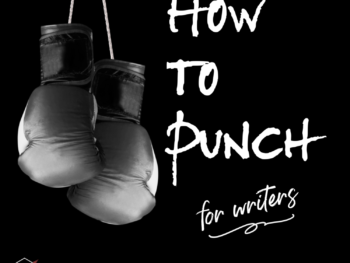
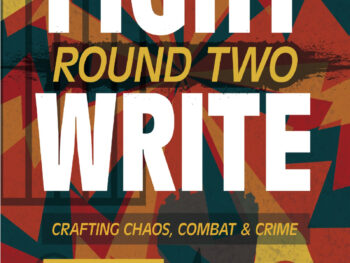
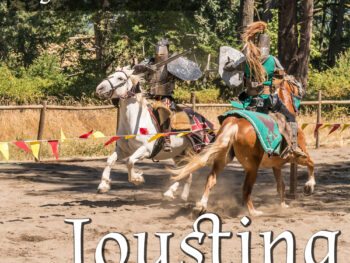
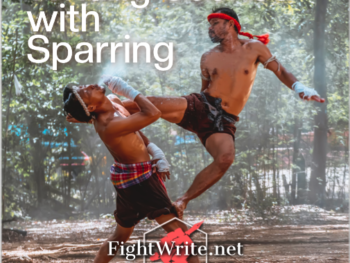
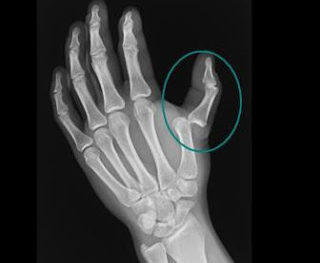
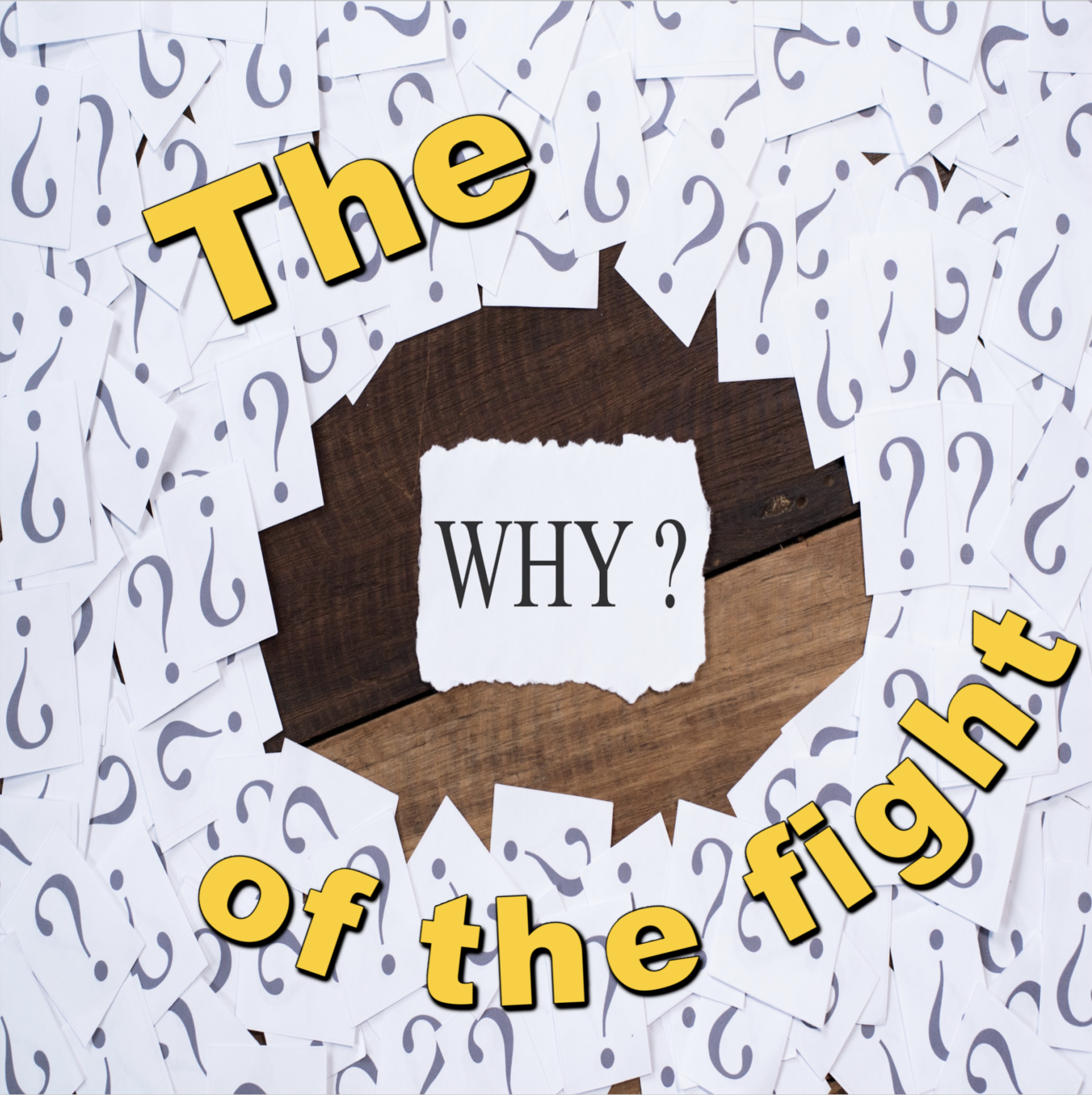
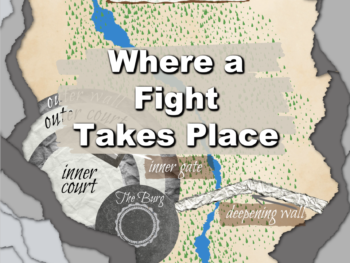
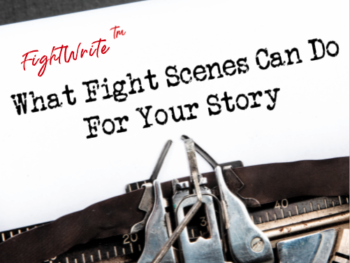
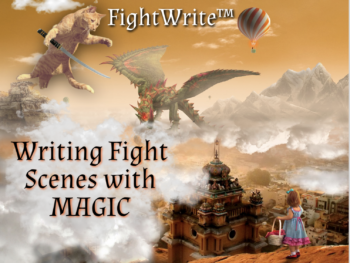
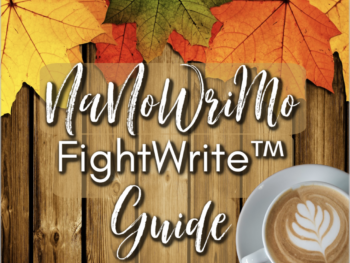
There is obviously a lot to know about this. I think you made some nice points in features also.
Good day very cool web site!! Guy .. Beautiful .. Amazing .. I will bookmark your website and take the feeds additionally…I’m satisfied to find so many helpful info here in the publish, we need develop more techniques in this regard, thanks for sharing. . . . . .
fantastic submit, very informative. I wonder why the other specialists of this sector do not realize this. You should proceed your writing. I’m sure, you’ve a great readers’ base already!
Yesterday, while I was at work, my cousin stole my iPad and tested to see if it can survive a thirty foot drop, just so she can be a youtube sensation. My iPad is now destroyed and she has 83 views. I know this is completely off topic but I had to share it with someone!
I really enjoy reading through on this web site, it holds superb articles. “Words are, of course, the most powerful drug used by mankind.” by Rudyard Kipling.
Good write-up, I am regular visitor of one¦s blog, maintain up the nice operate, and It is going to be a regular visitor for a long time.
I gotta favorite this internet site it seems very beneficial extremely helpful
I love it when people come together and share opinions, great blog, keep it up.
Appreciate it for this post, I am a big fan of this web site would like to continue updated.
I haven’t checked in here for some time because I thought it was getting boring, but the last several posts are great quality so I guess I will add you back to my everyday bloglist. You deserve it my friend 🙂
you are really a good webmaster. The web site loading speed is incredible. It seems that you are doing any unique trick. Moreover, The contents are masterpiece. you have done a excellent job on this topic!
I’m impressed, I must say. Actually hardly ever do I encounter a weblog that’s each educative and entertaining, and let me inform you, you’ve hit the nail on the head. Your idea is excellent; the difficulty is something that not sufficient persons are talking intelligently about. I’m very pleased that I stumbled across this in my seek for one thing referring to this.
What i don’t understood is in fact how you are now not actually a lot more smartly-appreciated than you may be now. You are so intelligent. You understand therefore considerably in the case of this topic, made me for my part imagine it from a lot of various angles. Its like men and women don’t seem to be fascinated until it is something to do with Lady gaga! Your individual stuffs nice. All the time care for it up!
I like this site very much, Its a very nice post to read and obtain information.
You can definitely see your enthusiasm in the work you write. The world hopes for even more passionate writers such as you who aren’t afraid to say how they believe. Always follow your heart. “Until you walk a mile in another man’s moccasins you can’t imagine the smell.” by Robert Byrne.
I have been absent for some time, but now I remember why I used to love this website. Thanks , I will try and check back more often. How frequently you update your website?
Today, I went to the beach with my kids. I found a sea shell and gave it to my 4 year old daughter and said “You can hear the ocean if you put this to your ear.” She put the shell to her ear and screamed. There was a hermit crab inside and it pinched her ear. She never wants to go back! LoL I know this is totally off topic but I had to tell someone!
Wow that was strange. I just wrote an really long comment but after I clicked submit my comment didn’t appear. Grrrr… well I’m not writing all that over again. Anyways, just wanted to say wonderful blog!